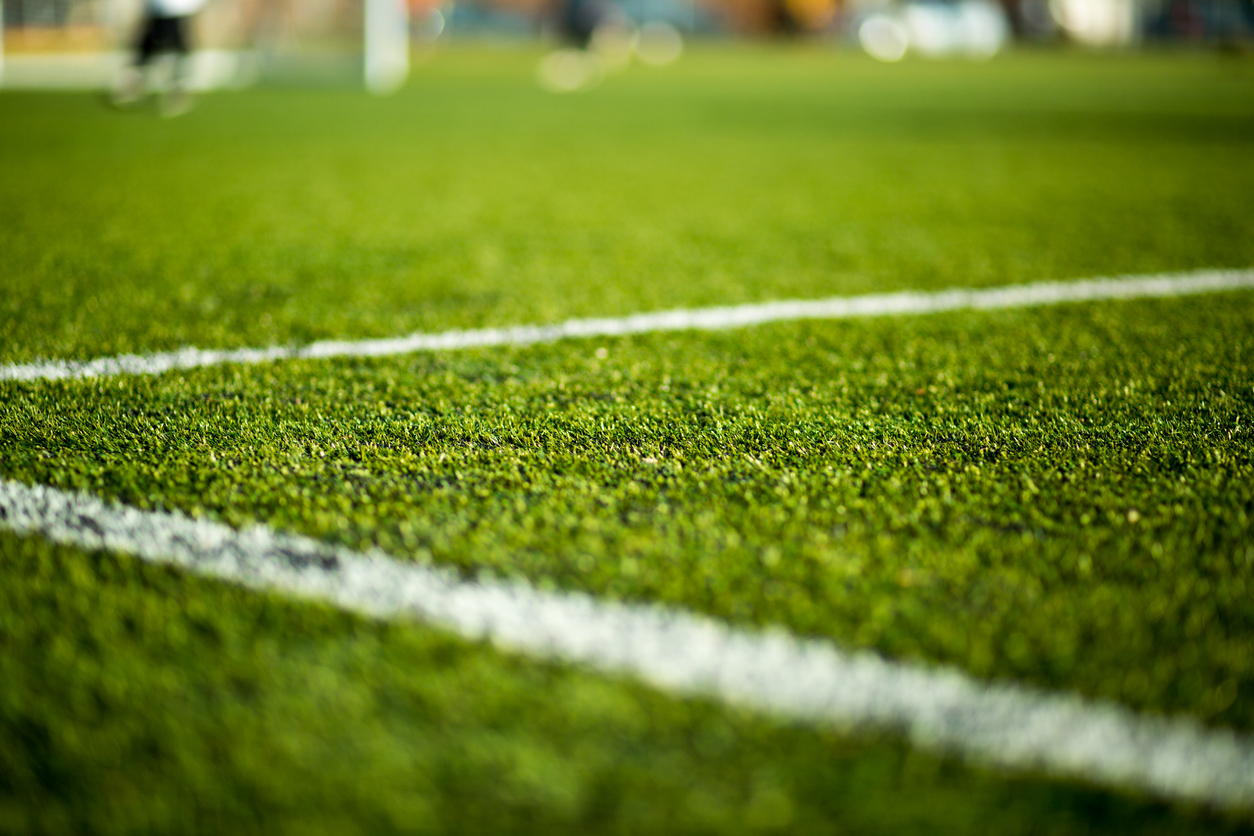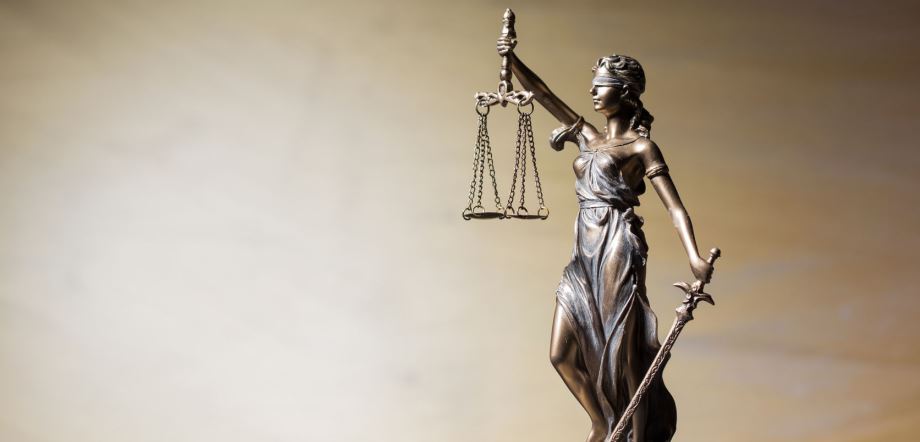Client Alerts
NFL Players’ Association Pushes for Natural Grass after Aaron Rodgers Artificial Turf Injury: Is Litigation Around the Corner?
September 2023

Client Alerts
NFL Players’ Association Pushes for Natural Grass after Aaron Rodgers Artificial Turf Injury: Is Litigation Around the Corner?
September 2023
The National Football League Players’ Association (“NFLPA”) is once again calling for the replacement of artificial turf with natural grass due to speculation over turf’s safety. This debate is re-ignited after 4-time MVP quarterback Aaron Rodgers was injured during an NFL Week 1 play that took place on artificial turf. Rodgers suffered a season-ending Achilles tendon tear only seconds into the game. While it is unclear at this point what actually caused the injury, it took the NFLPA under 48 hours to blame the turf.
Of the 30 fields currently used by NFL teams, 14 are made of artificial turf, with the remainder made of natural grass. In a statement released last week, NFLPA Executive Director Lloyd Howell maintained that “[m]oving all [NFL] stadium fields to high quality national grass surfaces is the easiest decision the NFL can make.” NFL Commissioner Roger Goodell followed up on the Rodgers injury, stating that the turf safety issue is “complex,” and the NFL is addressing it “scientifically…and look[ing] at the mechanism of injury” to determine the cause.
As explored in our July 5 article published in Reuters Legal News, we may see litigation bubble up as the turf safety debate continues. Plaintiffs alleging injuries from artificial surfaces can look to several potential target defendants, including: (1) turf manufacturers; (2) companies that manufacture the various component parts of turf; and (3) turf purchasers, particularly high schools, universities, and major sports franchises. We expect that turf manufacturers will be the primary target with claims sounding in products liability – e.g., design defect and failure to warn allegations – but injured athletes may also look toward their schools and sports teams, claiming negligence, premises liability, and even some extension of strict liability if it is determined the athlete’s activity took place on a defective or dangerous artificial turf field.
Of the 133 stadiums in the NCAA’s Division I Football Bowl Subdivision, fewer than 40 currently use natural grass fields, placing the large majority of college teams directly in the debate about artificial turf’s safety. Notably, in the context of schools, public universities are considered state government entities and are generally shielded from tort liability under “sovereign immunity” laws; however, that immunity is not absolute, and there are exceptions depending on the state. For example, in Ohio, R.C. § 2744.02(B)(4) provides for an exception for injuries caused by the negligence of a government employee that occurs on the grounds of a government building and is due to physical defects on the grounds. While this Ohio statute has not been interpreted in the specific context of turf-related injuries, it potentially creates a carve-out for plaintiffs to seek recourse against public schools in this context. Private schools may be subject to other laws, and the availability of claims against those schools may also depend on pertinent provisions in admission agreements or tuition contracts.
Although discussion over turf safety has picked up steam given recent media buzz involving one of the NFL’s star players, a scientific link deeming artificial turf “less safe” has not been conclusively established. That may explain why we have yet to see an injured athlete bring turf-related allegations before a court of law. Given the NFLPA’s recent position and related press, we expect injured athletes at the professional and college levels will consider litigation. If that happens, plaintiff athletes (and their lawyers) will first need to develop the science – and identify sound experts – before waging any credible courtroom battle. The NFL has already declared an engineering investigation into the Rodgers injury, and undoubtedly there will be studies and research by other parties – including the NFLPA – to follow.
In the meantime, manufacturers of artificial turf and/or its component parts should keep a watchful eye on this debate and give thorough consideration to the design of their product(s) and related warnings. Schools and sports teams should also weigh all available options – including natural grass – when deciding on the best playing surface for their athletes. Adopting rules or policies requiring certain types of footwear might also help mitigate injuries to players on artificial turf surfaces.
An ongoing, documented, and thoughtful analysis of a school or team’s decision to use or retain an artificial turf field can also be a useful tool in defending potential claims of negligence down the road. Although schools and sports teams rightfully tout player safety as a primary concern, the cost of making certain adjustments may not always justify the perceived benefit (particularly when the science is still in flux). In this case, smaller schools and teams considering the switch to a more natural playing surface may face considerable cost and practicality concerns.
For example, while artificial turf may have a higher up-front price tag, the cost to maintain a natural grass field may be prohibitive for some schools with modest budgets. Overall expenses may be affected by factors including the geographical location of the grass field, number of employees available for maintenance, and cost of repairs after playing in poor weather conditions, among other things. Replacing an existing artificial turf field with one made of natural grass can be another expensive endeavor. Given the varying sizes and levels of sophistication of turf purchasers across the country, it is unreasonable to think these changes can be implemented overnight, if they are even necessary at all. Therefore, it would be prudent for schools and teams to analyze these issues in a transparent and forthcoming manner so as to avoid potential liability.
We will continue to monitor this evolving issue and update our clients with developments surrounding the science and/or status of litigation.
ADDITIONAL INFORMATION
For more information, please contact:
- Jennifer L. Steinmetz | 216.696.3499 | jennifer.steinmetz@tuckerellis.com
- Lucy R. Zelina | 216.696.5190 | lucy.zelina@tuckerellis.com
This Client Alert has been prepared by Tucker Ellis LLP for the use of our clients. Although prepared by professionals, it should not be used as a substitute for legal counseling in specific situations. Readers should not act upon the information contained herein without professional guidance.
